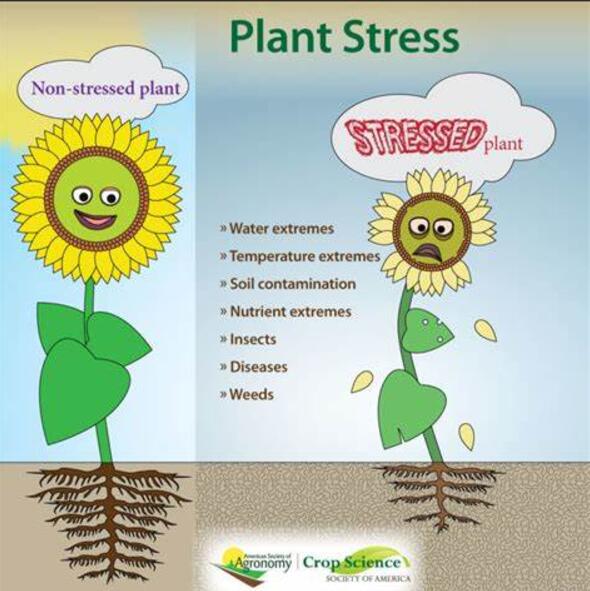Fungal community dynamics and anthocyanin profiling of grapevine leaves in a vineyard affected by esca
IF 6.8
Q1 PLANT SCIENCES
引用次数: 0
Abstract
Leaves in grapevines affected by esca, a grapevine trunk disease, may occasionally manifest a symptom known as the ‘esca leaf stripe symptom.’ Most frequently, this symptom appears as scorching in the interveinal tissue, with red pigmentation observed between scorched and healthy tissue. However, purple pigmentation or an absence of pigmentation is occasionally reported. The synthesis and accumulation of anthocyanins may drive these different symptom phenotypes. Recent evidence also implicates fungal endophytes in host manipulation, potentially influencing grapevine metabolic profiles, including anthocyanins. In this study, working on cultivars Cabernet Sauvignon and Touriga Nacional, we used DNA metabarcoding (i) to explore the microbial dynamics of endophytes during symptom progression in esca-affected leaves, and (ii) to reveal the fungal diversity for different symptom phenotypes, along with their qualitative and quantitative anthocyanins composition.
The endophytic mycobiome profiling revealed a large fungal richness (260 taxa), and a beta diversity influenced by cultivar (P < 0.01) and vintage (P = 0.001). We observed significant differences in beta diversity between leaves affected by chlorotic spots and asymptomatic ones (P < 0.05), revealing major shifts in fungal community composition during early stages of esca symptom progression. Comparing asymptomatic leaves and different symptom phenotypes, we detected cultivar and vintage-dependent alterations in alpha and beta diversity, as well as in individual taxa abundance (e.g. Botrytis caroliniana over-represented in red leaves). Total anthocyanin accumulation was influenced by cultivar (P ≤ 0.0001) but not by vintage. In Touriga Nacional, and to a lesser extent in Cabernet Sauvignon, purple leaves accumulated significantly lower amounts of tri-hydroxylated anthocyanins and acyl-derivatives, when compared to red leaves.
Fungal communities significantly alter in composition during esca symptom progression, and for different symptom phenotypes, suggesting a strong correlation between microbial structure and the physiological and biochemical processes that occur in leaves.
求助全文
约1分钟内获得全文
求助全文
来源期刊

Plant Stress
PLANT SCIENCES-
CiteScore
5.20
自引率
8.00%
发文量
76
审稿时长
63 days
期刊介绍:
The journal Plant Stress deals with plant (or other photoautotrophs, such as algae, cyanobacteria and lichens) responses to abiotic and biotic stress factors that can result in limited growth and productivity. Such responses can be analyzed and described at a physiological, biochemical and molecular level. Experimental approaches/technologies aiming to improve growth and productivity with a potential for downstream validation under stress conditions will also be considered. Both fundamental and applied research manuscripts are welcome, provided that clear mechanistic hypotheses are made and descriptive approaches are avoided. In addition, high-quality review articles will also be considered, provided they follow a critical approach and stimulate thought for future research avenues.
Plant Stress welcomes high-quality manuscripts related (but not limited) to interactions between plants and:
Lack of water (drought) and excess (flooding),
Salinity stress,
Elevated temperature and/or low temperature (chilling and freezing),
Hypoxia and/or anoxia,
Mineral nutrient excess and/or deficiency,
Heavy metals and/or metalloids,
Plant priming (chemical, biological, physiological, nanomaterial, biostimulant) approaches for improved stress protection,
Viral, phytoplasma, bacterial and fungal plant-pathogen interactions.
The journal welcomes basic and applied research articles, as well as review articles and short communications. All submitted manuscripts will be subject to a thorough peer-reviewing process.
 求助内容:
求助内容: 应助结果提醒方式:
应助结果提醒方式:


